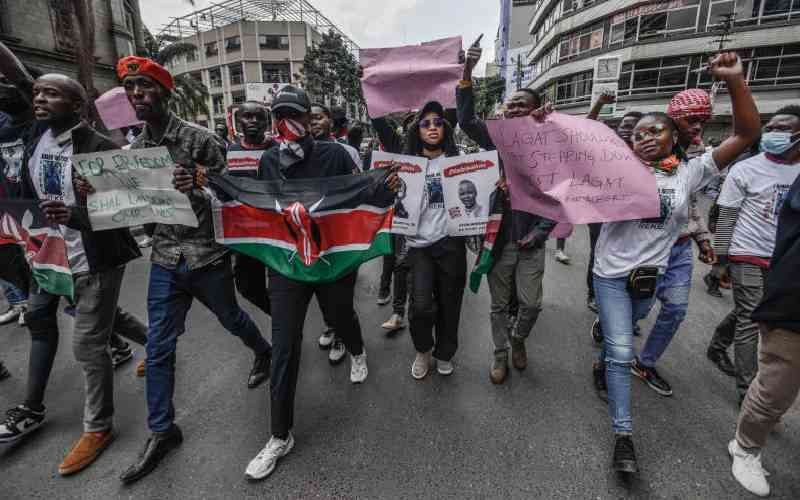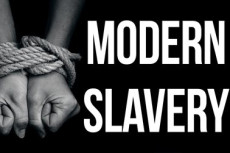- Kenya marks one year since deadly 2024 protests amid renewed demonstrations over police brutality, economic hardship, and injustice, with heightened security and rising tensions between protesters and counter-protesters.
June 24, 2025 marks one year since the historic protests in Kenya that saw demonstrators storm Parliament over controversial tax proposals.
The events of June 25, 2024, led to over 60 deaths and widespread unrest. Although the government later withdrew the finance bill and reshuffled its cabinet, deeper issues such as police brutality, high living costs, and youth unemployment remains unresolved.
This year’s demonstrations are being driven by renewed anger following recent incidents involving police violence. Earlier in June, a teacher and blogger, Albert Ojwang, died in police custody.
An autopsy revealed injuries inconsistent with self-harm, leading to murder charges against six individuals, including police officers. Separately, a street vendor was shot dead during a protest, fueling further public outrage.
Security has been heightened across major cities, particularly in Nairobi. Key government buildings and central areas have been restricted, with law enforcement on high alert.
Read More
Authorities have stressed the need for order, urging the public to avoid unauthorized gatherings and observe the law.
The government has maintained that while private remembrance of last year’s events is acceptable, public protests must be conducted within the legal framework.
International observers and diplomatic missions have called for restraint from all sides and reaffirmed support for peaceful assembly.
Meanwhile, civil society organizations and families affected by police violence continue to call for justice. Frustration is growing over what many see as a pattern of impunity.
Human rights advocates argue that without accountability, public trust in institutions will remain fragile.
As of this morning, protests have begun in several parts of Nairobi and other urban centers. Demonstrators are demanding reforms in policing, greater transparency, and action on economic issues.
The potential for clashes remains high, particularly in areas where both protesters and counter-protesters are gathering.
The next several hours will be critical in determining how today's events unfold. Law enforcement response, protester behavior, and the role of non-state actors will all influence whether the anniversary passes peacefully—or reignites the kind of unrest seen last year.












